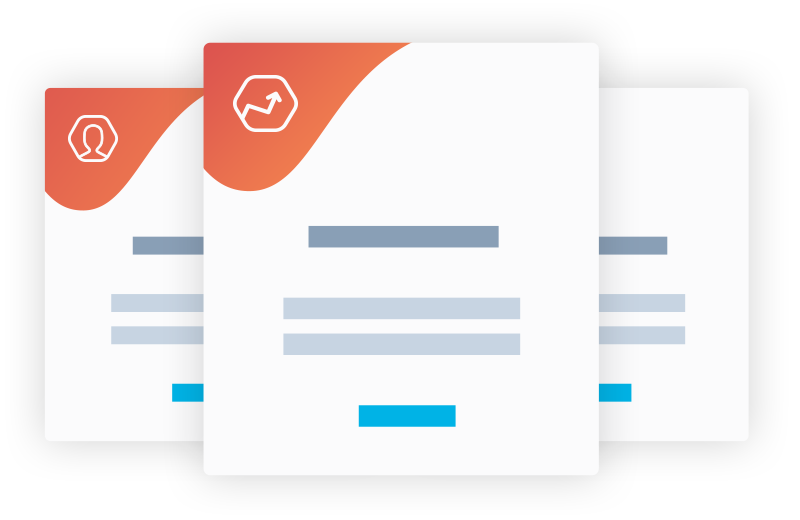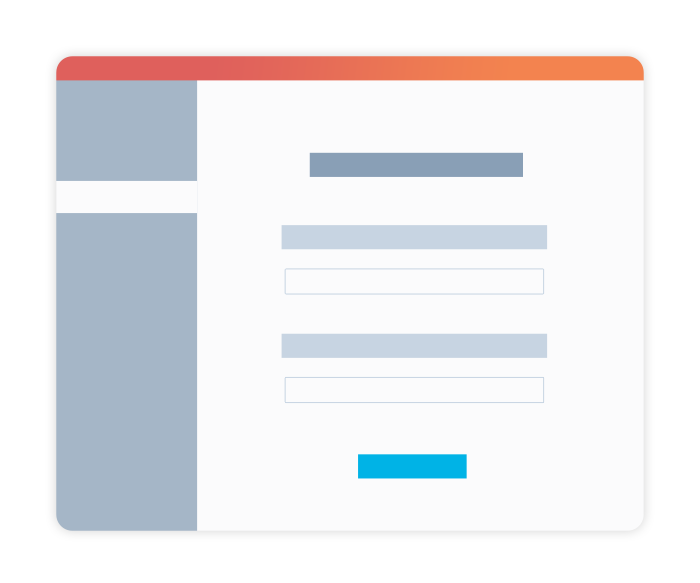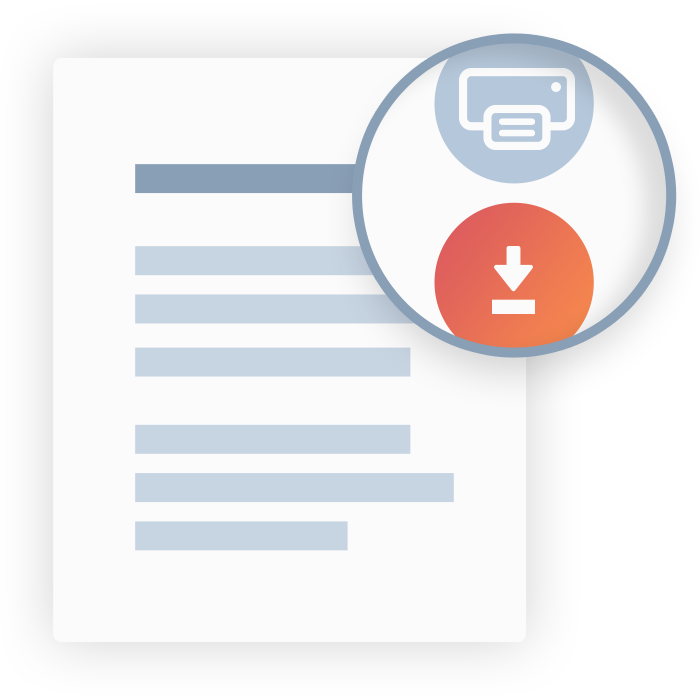


Nowadays, it is not possible to walk into a company and solicit work. To apply for a position, you need to apply via job listing sites or the company's website directly.
The first step in any job search is to compile a list of your achievements up to that moment, with which you can create your Resume. It would be difficult to overstate just how vital a well-made Resume can be when you set out to look for a new position.
On the surface, the Resume is a simple list of the places where you went to school, and the previous companies worked for. In reality, though, it's so much more than that.
Many of the people looking for their dream jobs spend much time perfecting their Resumes. There is time spent choosing the right font style and size and reviewing the Resume for any spelling and grammar mistakes because details matter.
Personal information in a resume should only include your name and contact information, without the social security number or your marital status. Attaching a photo is also not recommended unless specifically requested.
Depending on your state, a Resume may also be known as:
The Resume is a necessity for anyone wanting to obtain employment. The type of job you are applying for does not matter – chances are you will need a Resume that fits the job description. That means a Resume is not always one size fits all. Sometimes you will have to customize your Resume to enhance your chances of landing the job.
Create your own documents by answering our easy-to-understand questionnaires to get exactly what you need out of your Resume.
Laws vary by location. Each document on 360 Legal Forms is customized for your state.
All you have to do is fill out a simple questionnaire, print, and sign. No printer? No worries. You and other parties can even sign online.
If you are not sure about your resume's order of information, why not rely on a proven template?
Let 360 Legal Forms help with our extensive library of attorney-vetted legal forms. The process is fast and easy. All you have to do is fill out our easy-to-understand questionnaire. Once complete, simply download your form as a PDF or Word document from your secure online account.
To create your document, please provide:
You do not have to sign your Resume.
Download your completed resume and print out several copies according to your needs. Before sending out your Resume to prospective employers, make sure to review it for accuracy and errors. Double-check everything, like not forwarding it to the wrong email address or forgetting to attach the cover letter.
The curriculum vitae or CV may seem to many like a fancier term for the Resume, but there are in fact notable differences between the two. While the Resume is more focused on an applicant's work history and competency for a job position, the CV is more credential-based. That is why the CV is more often used when applying for jobs in scientific research, academia, and the medical fields. CVs are often longer for they include all levels of education, research papers published, and professional affiliations.
Also include your resume cover letter with your Resume, with which you can address the employer directly and provide more information about why you think you are the best fit for the job. It is an opportunity to showcase your skills and abilities and describe your goals in more detail. Most employers of today expect a cover letter as an introduction to one’s Resume.
Naturally, the more education and work experience a person has, the longer the Resume will be. However, going overboard with the description of your skills and objective might make your Resume less readable. A Resume of between one and two pages long is the standard. Focus on giving a detailed but easy-to-read overview of your education and employment history.
If you are looking for your first official employment, you should know that the key to any Resume, with or without work experience, is in how you present yourself. Start by highlighting your education credentials and skills. In preparation, you can accept an internship position or two to pad and strengthen your Resume. With the Cover Letter, you can try to explain away the absence of work experience in a way that gets the hiring manager to sit up and listen. Most of all, do not despair as every employee in the world must have had to land the first job.
Many people have gaps in their employment history for various reasons. Some employers (not all) might be curious about any gaps that come to their attention. If you would rather be proactive, you can explain the gap or gaps right in the cover letter. Just be honest and there is no need to convey your regret for whatever the case may be.
Our exhaustive library of documents covers your personal, business, and real estate needs with all of your DIY legal forms.
Create professional documents for thousands of purposes.
Make unlimited documents and revisions. Sign online in seconds.
Our documents are vetted by lawyers and are applicable to all 50 states.